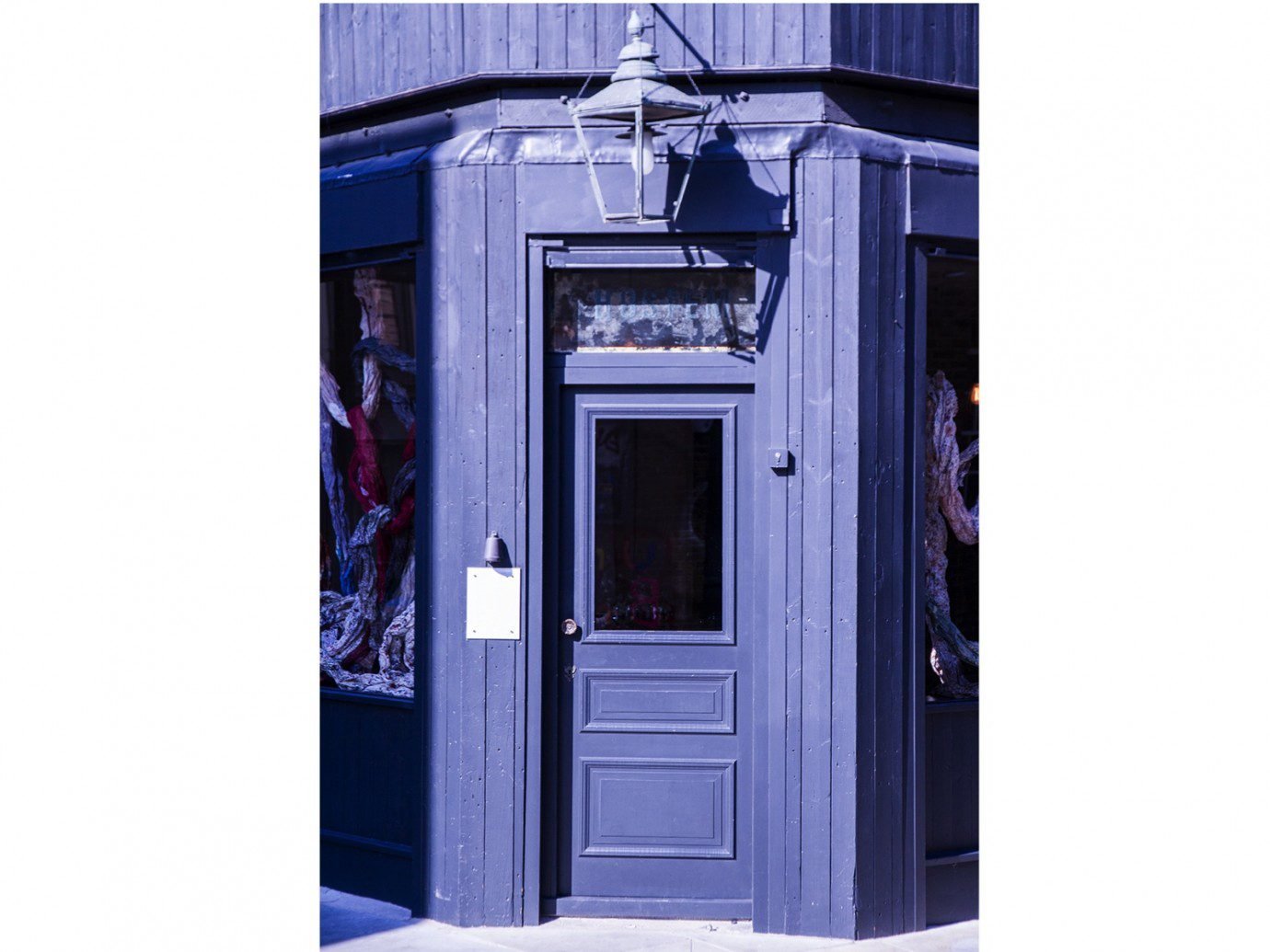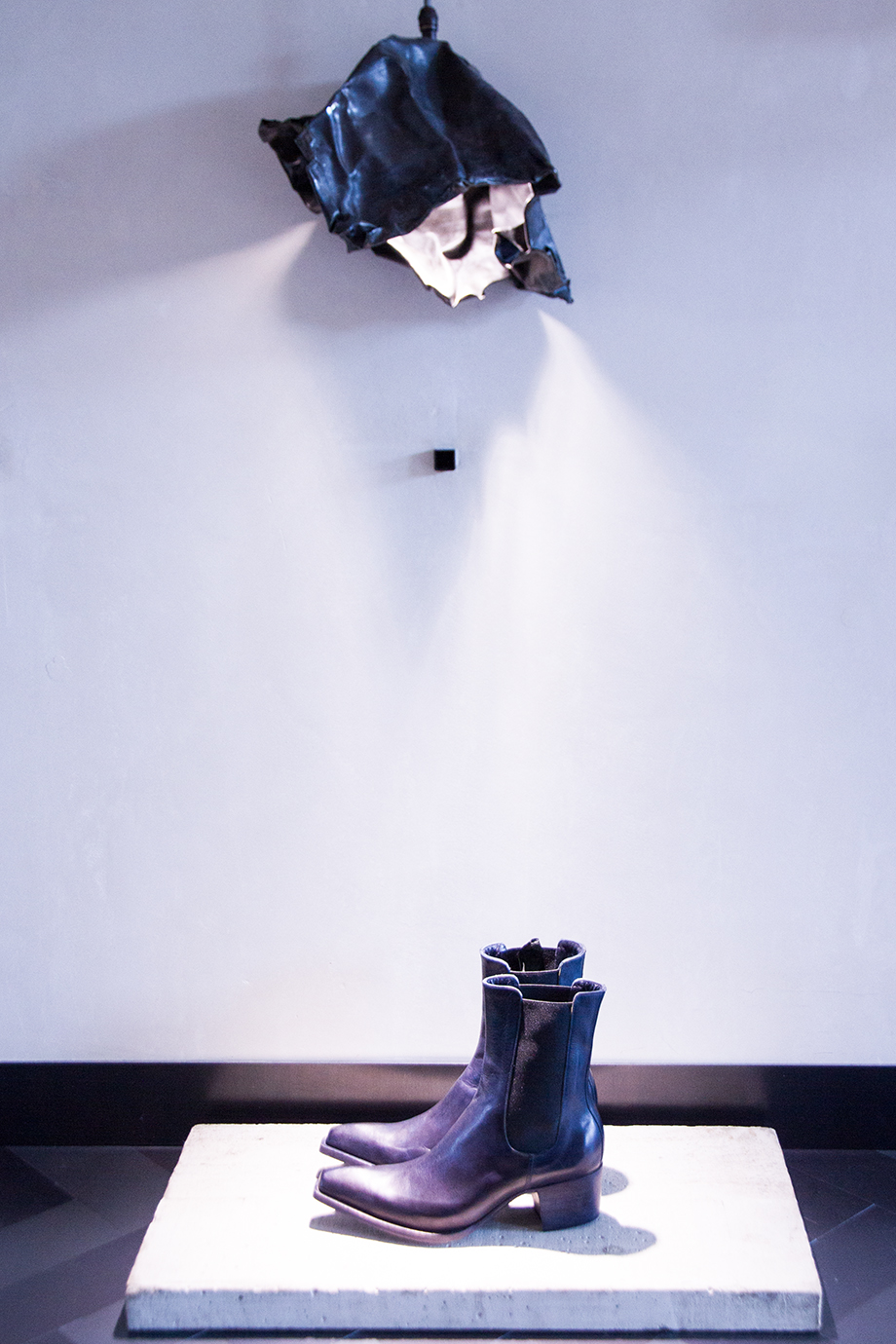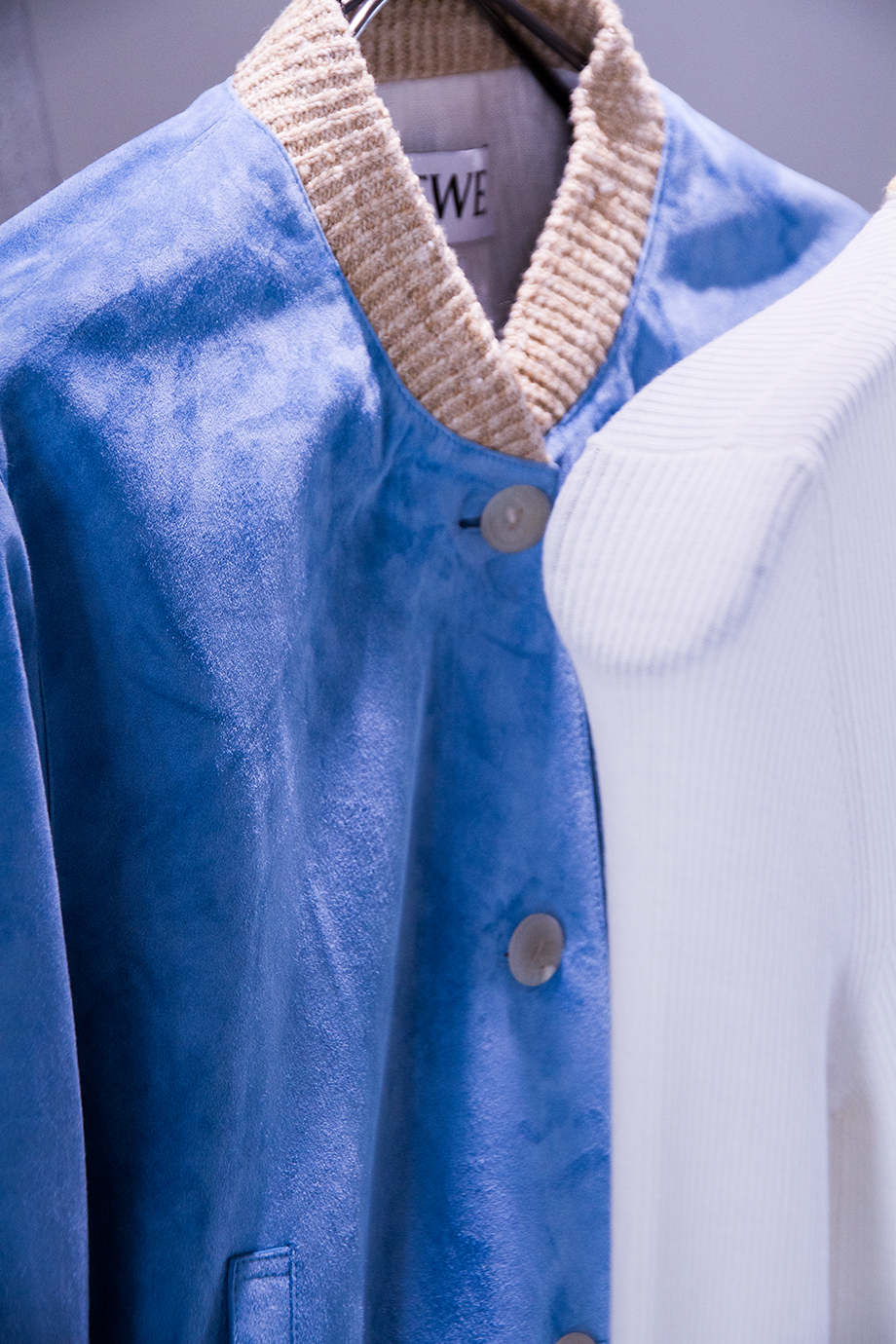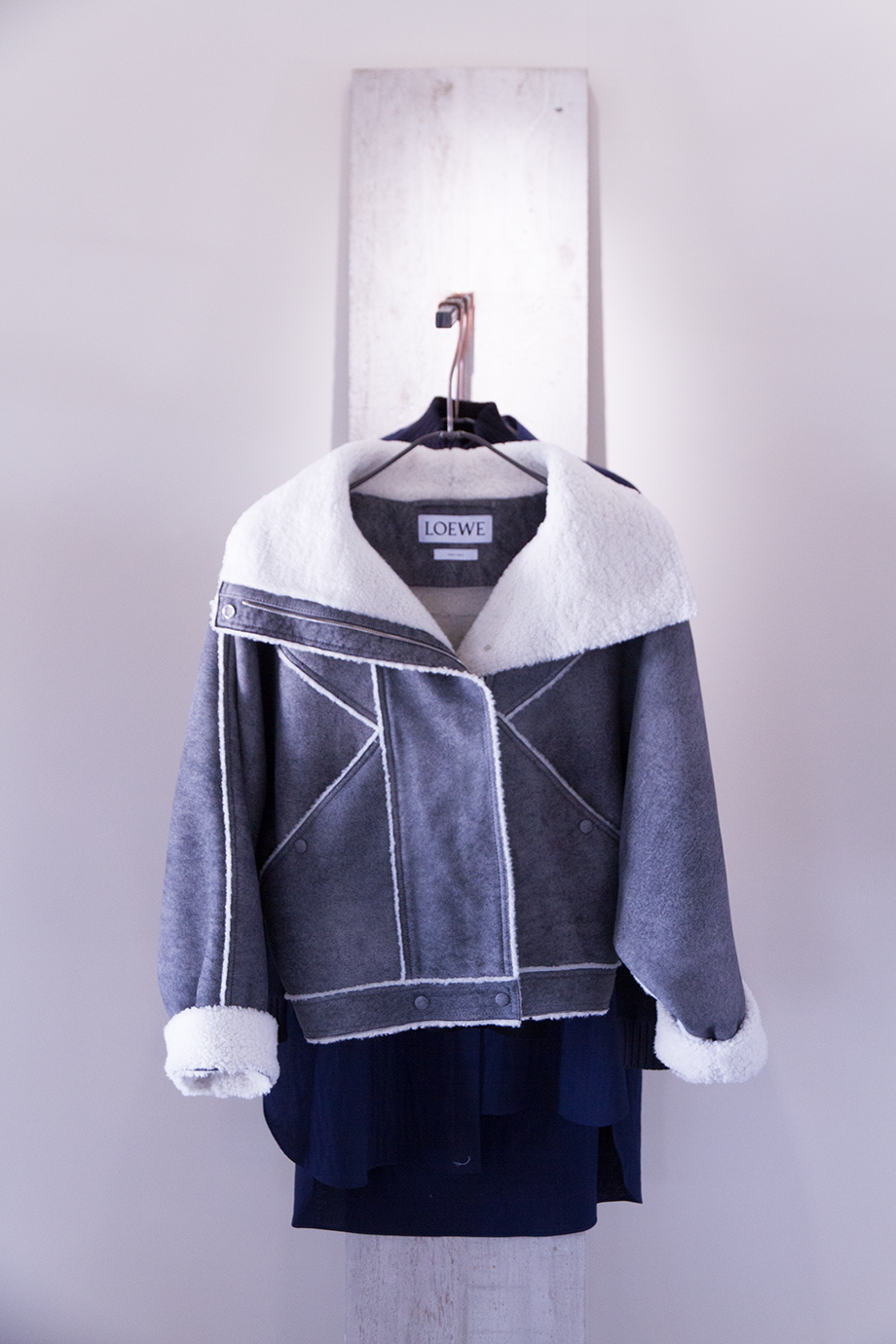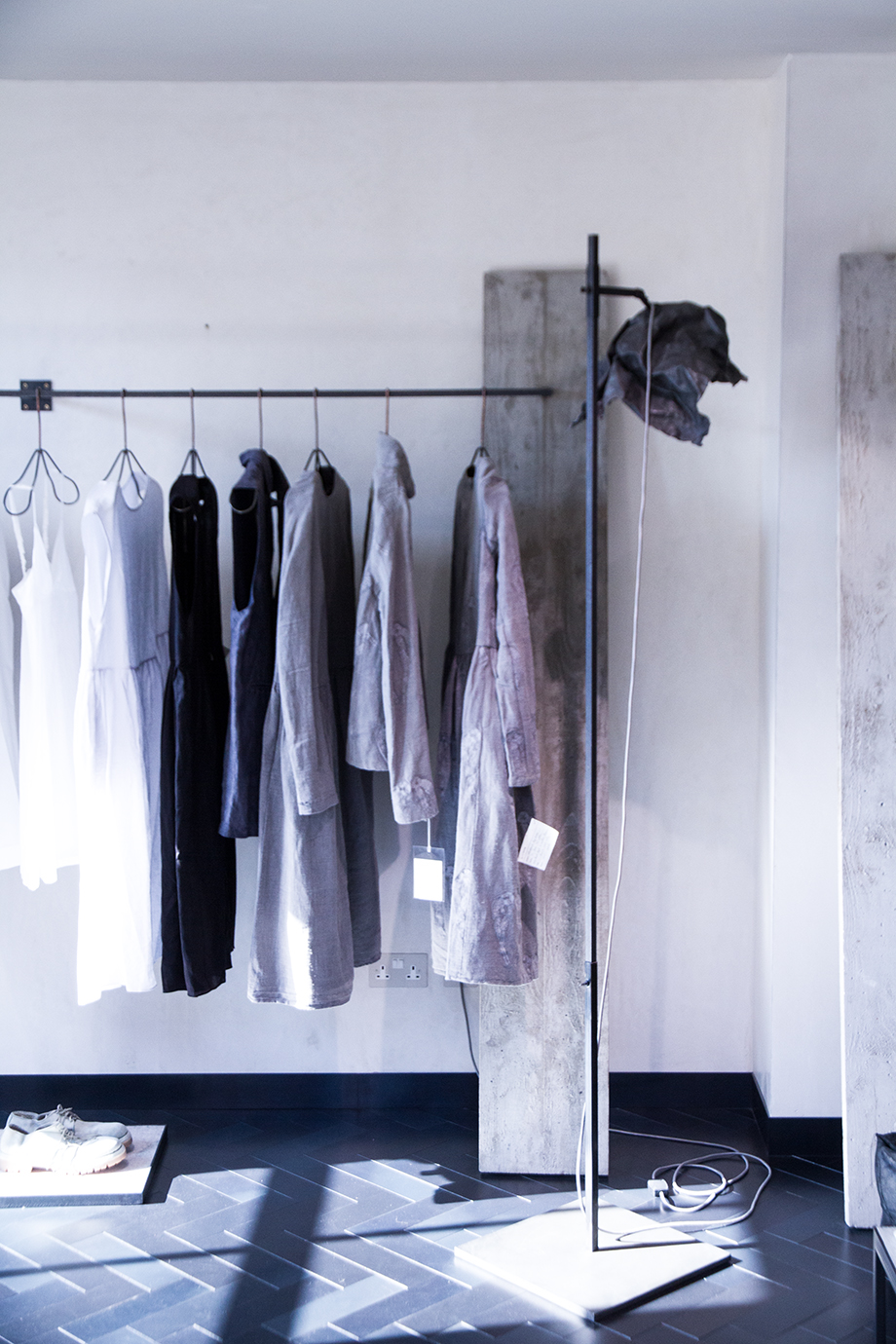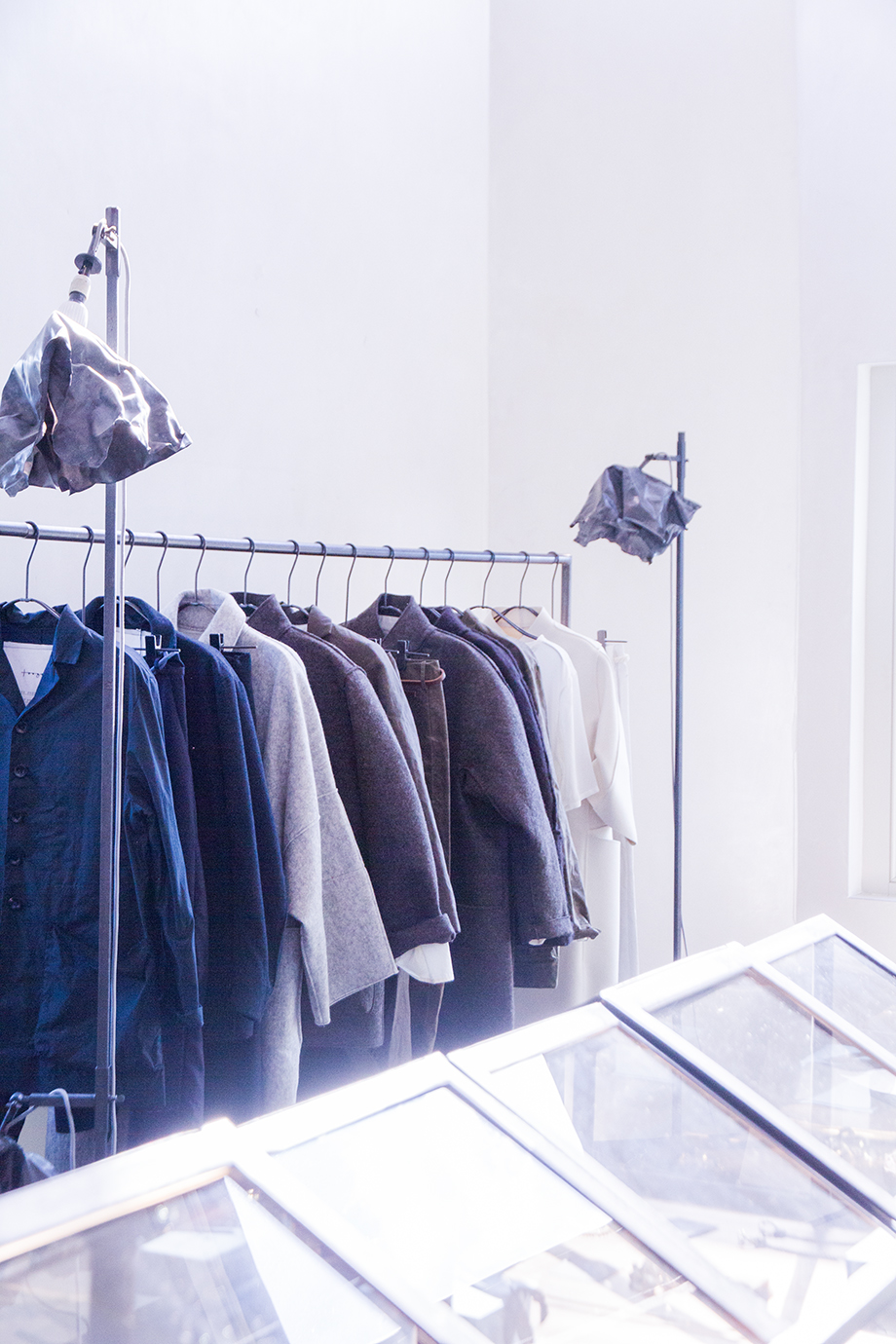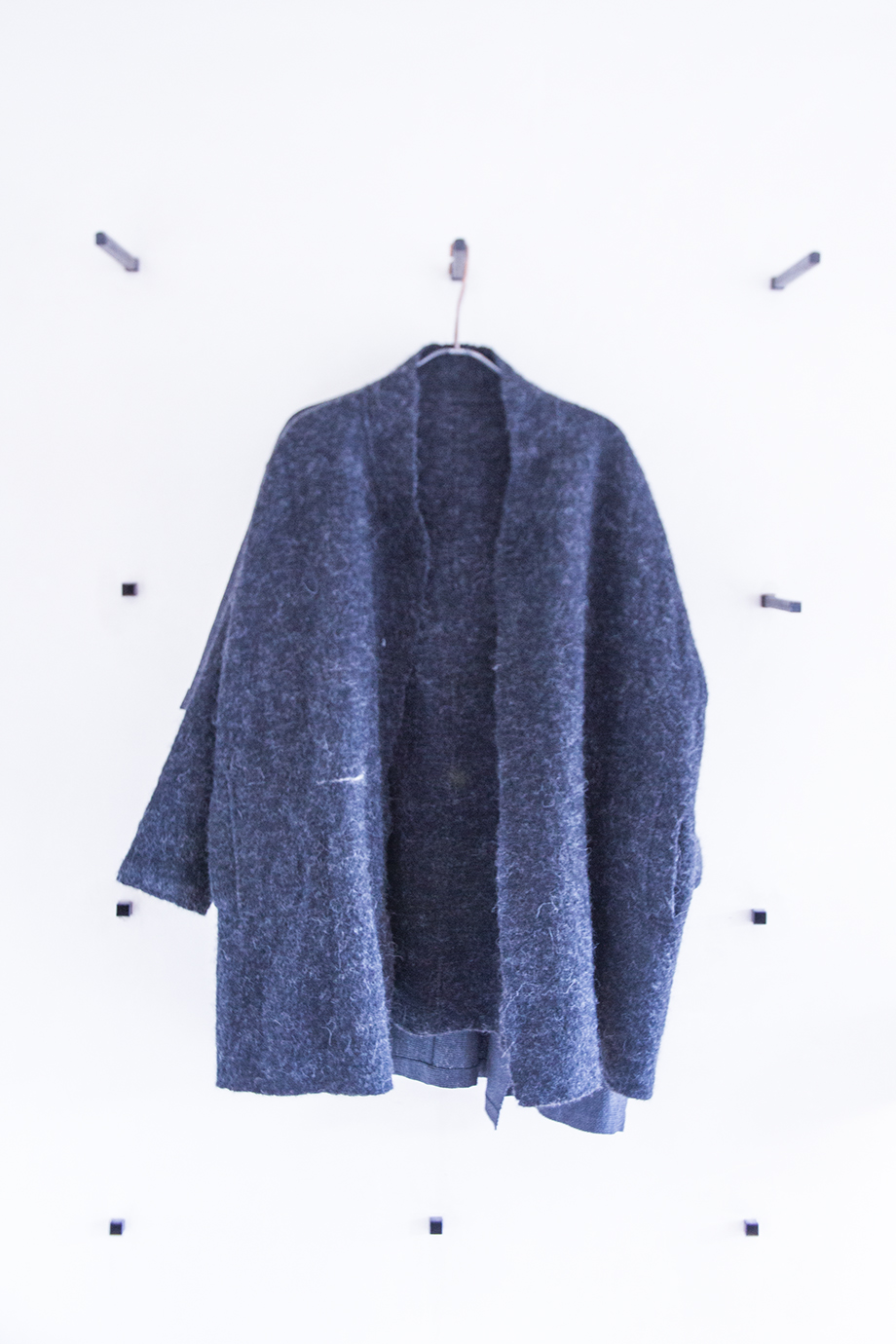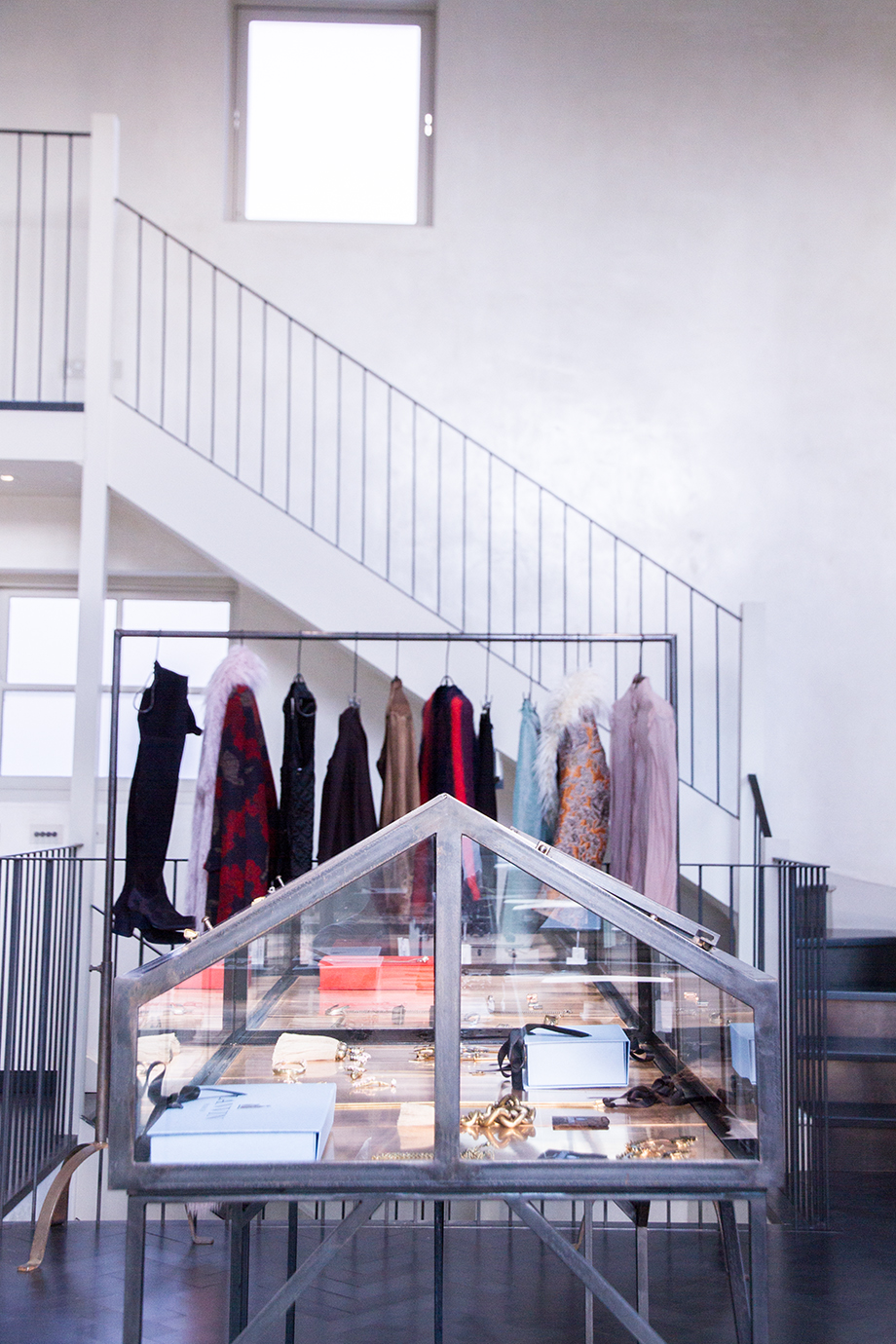We sit down with James Brown and Christie Fels (Hostem’s womenswear buyer and artistic director) in a small room on the second floor of their 6-story shop, where several garments of Amy Revier hang on the walls. We start talking about Dover Street Market’s move to Haymarket in Piccadilly Circus, when James walks in and takes a seat. They both talk very rapidly; question each other’s minds continuously with a keen interest to know each other’s thoughts on every cultural topic. Their excitement about artisanal product is aligned, as is their disdain about the existence of pre-collections, and the speed of fashion that decreases the quality of the products that big fashion houses are putting out. From several case studies, we can tell with certainty that within these companies, there is hardly any time for development because of the industry’s speed. Techniques are not tested so finishings are not as refined as they used to be, and final fabrics are never used with toiling so the cut is not perfect. Adding to that, customers are being fooled as ‘high quality’ products are made with cheap materials.
Christie Fels: There is a difference between fashion and luxury, and I don’t think they are related anymore.
James Brown: If you for example take a ‘luxury‘ fashion brand like Louis Vuitton: they’re not luxury, they’re mass produced. If you look at a brand like Lanvin, and you go and see some of their runway pieces, they’re incredible. I mean, the level of work in the finishing and the construction…
C: Thom Browne is another one, the technique and finishing in every piece is mind-blowing. You can feel the value in the product, you can see it.
J: I think you can find a balance in-between the two. You’ve got a brand like Amy Revier, who we work with, where all the fabric is hand-loomed. Each piece is one-off and takes her weeks to make. Then you have a Thom Browne coat and even though it’s a more commercial brand, the artisanal work and quality of the garments’ construction is exceptional. If I think of Thom Browne from a high fashion point of view, there isn’t anyone making womenswear like what he is doing.
“WE LOOK AT PIECES THAT WE THINK ARE INVESTMENT PIECES AND THAT KIND OF REASSURES THE CUSTOMERS THAT THEY AREN’T GOING TO GO TO 80% OFF IN TWO MONTHS.”

